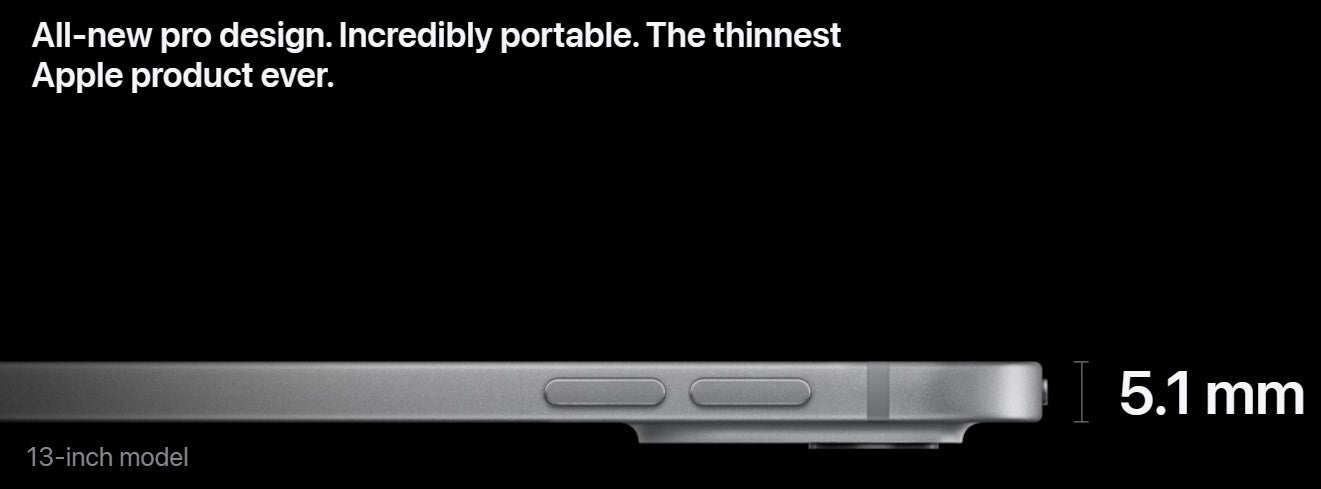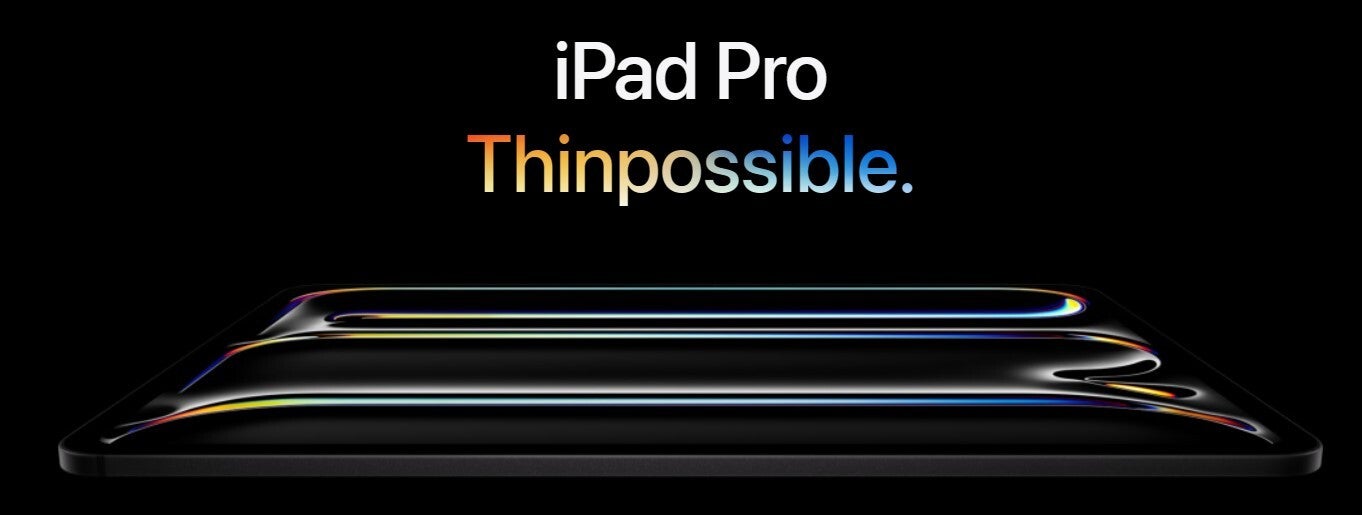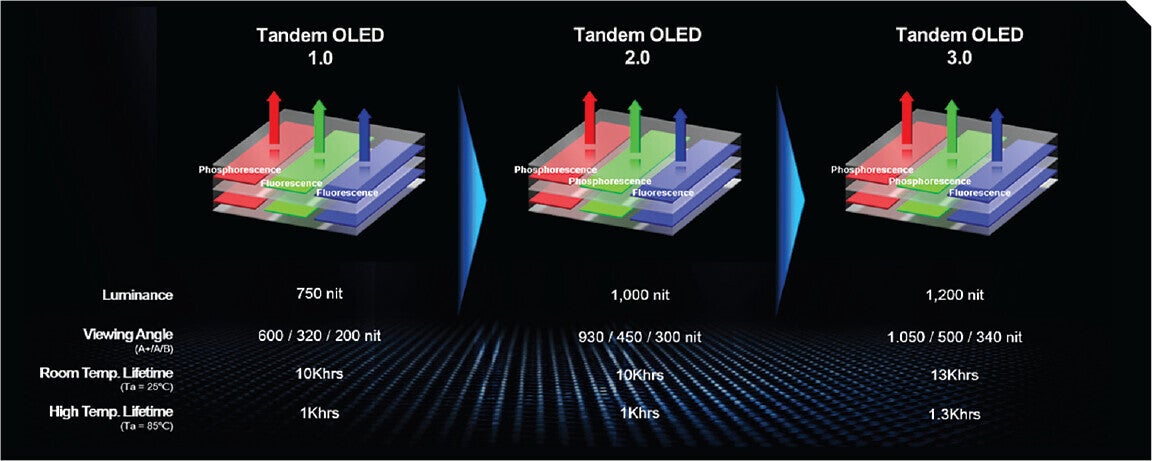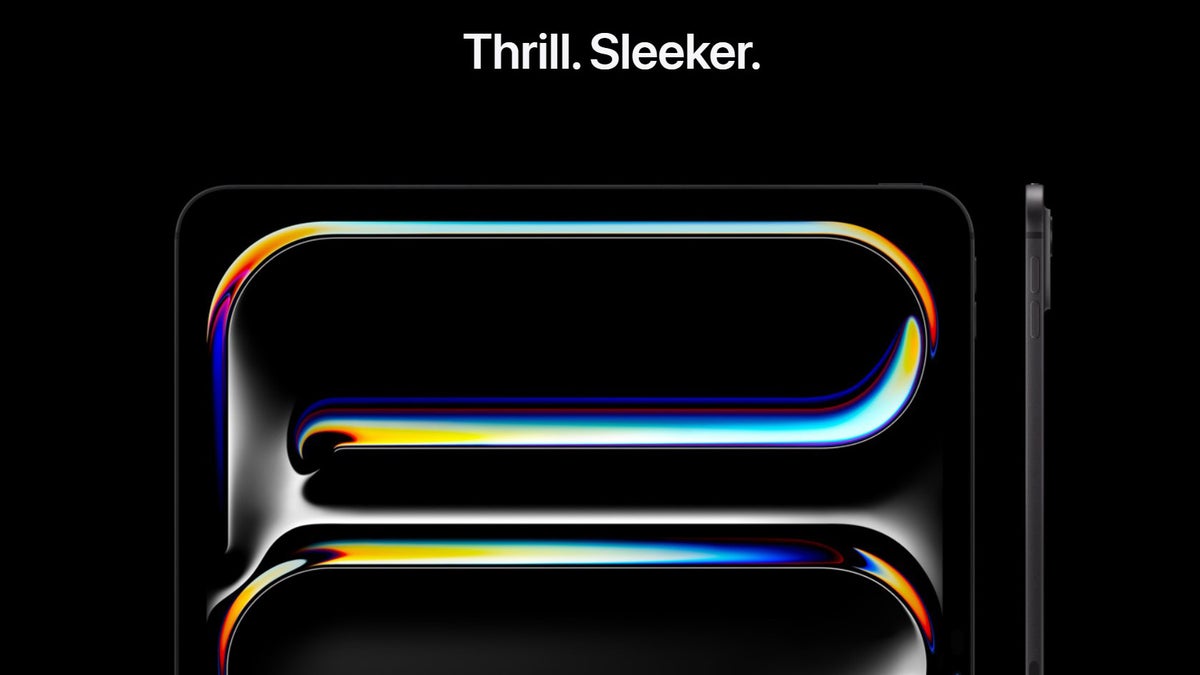The throw-everything-at-the-wall to see what sticks strategy worked with the iPhone, so Apple is now trying it with the iPad series. By worked, we mean that Apple managed to successfully push iPhone demand towards the higher priced Pro tier that now accounts for the majority of purchases.
Apple fragmented the iPad
It set the 2024 iPad Pro models so far ahead of the new iPad Air line that those looking to buy an Apple tablet would always feel their slates inadequate, despite that the Air series also got a facelift, and a new 13-inch model.
Exclusive M4
Thinner than Air
Speaking of the iPad Air, the iPad Pro now beats something that Apple calls the Air in the compact thin and light category by the margin extent that Apple calls “our thinnest product ever,” another fragmentation point.


Forget iPod nano, this is now the thinnest Apple device!
Heck, the new iPad Pro slogan is “Thinpossible,” corny as it may sound, and it is all thanks to its new and exclusive OLED display!


Thinpossible as it may sound, the iPad Pro is now thinner than the Air
To achieve this, Apple took full advantage of the hybrid OLED technology that doesn’t require a fat backlight layer like on LCD screens. It tasked LG with making an ultrathin 0.2mm base glass substrate and thin-film encapsulation which slimmed down the whole display package significantly, and allowed for a device thinner than the 5.4mm iPad nano 7.
World’s most advanced display
It is nearly twice brighter than the IPS screen on the previous iPad Pro, with unsurpassed contrast and color gamut coverage among iPad tablets so far. There’s one advantage of tandem OLED screens conspicuously lacking from the 2024 iPad Pros, though.
When Honor teased the first phone with dual-stack OLED display made by BOE, it hinted at a 40% increase in efficiency.


Honor 6 Ultimate tandem OLED power draw
Skimping on battery life, we are
About the only way Apple didn’t fragment the iPad line with is battery life. Heck, it even equipped the top-shelf 1TB and 2TB iPad Pro models with a boosted 10-core M4 chip and nano-texture cover glass option, yet the battery life on all of its tablets is exactly the same.
“Up to 10 hours of surfing the web on Wi-Fi or watching video” is now the official battery life for every tablet that Apple sells, even the 2024 iPad Pro with its tandem OLED display that is supposed to be 25%-40% more frugal than single-stack screens.
Apple stayed mum on the power draw of the 2024 iPad Pro, even though it uses the latest tandem OLED generation by LG that is very power efficient.


LG tandem OLED specs
It’s not the resolution, as both 2024 iPads sport 264 ppi pixel density. It’s not the mighty M4 chipset as it is built on the efficient 3nm process and Apple says it is so frugal that it uses half the power of its predecessor.
Apart from the unlikely case of using an older tandem OLED generation, a more plausible explanation is that Apple skimped on battery specs to save on production costs. We won’t know until the first teardowns roll in, but the leaked certification specs indeed hint at a smaller 2024 iPad Pro battery, which would explain the only spec Apple chose not to fragment.
Why? Well, its product team must have deemed 10 hours of operation as sufficient, so Apple did away with one of the main advantages of tandem OLED displays, choosing elegance before larger battery and better battery life.
Can we blame it, considering that the tandem OLED in the 13-inch iPad Pro M4 costs Apple nearly $400 apiece, compared to $150 in the M2 iPad Pro?

